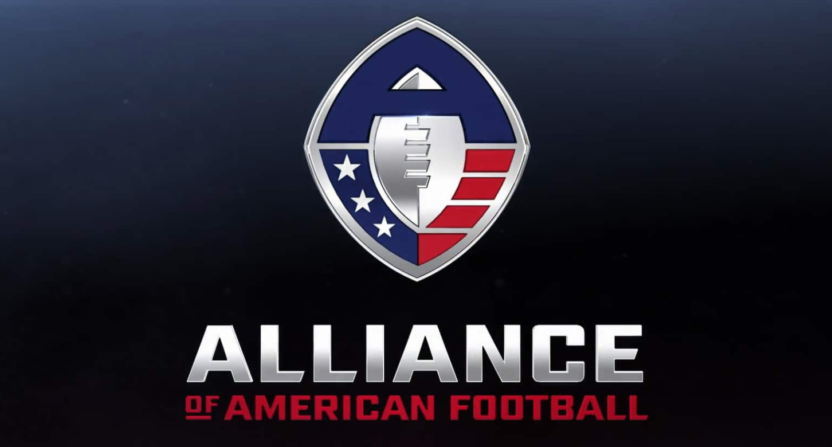The Alliance of American Football debuted with much fanfare a week and a half ago, and 3.25 million people tuned in for the league’s debut on CBS. The play was decent enough for spring football and most fans seem to be enjoying the league so far. However, despite that much hyped first week, things took a wild turn after Week 2.
On Tuesday morning, The Athletic revealed that Carolina Hurricanes owner Tom Dundon invested $250 million into the AAF for the league to meet payroll. Action Network’s Darren Rovell expanded on that, saying that the AAF missed payroll in Week 1 and “told agents that it was a glitch with switching to a new administrator” and that “players would be paid by today.”
That $250 million investment also came with a change in administration, with Dundon expected to be named as the league’s new chairman. His investment also seems to point toward Raleigh getting an AAF expansion team in 2020 (if the league even makes it that far).
Meeting payroll each week is a huge expense for the AAF. With 52 players on eight teams, and each player making $250k over a three-year contract, that puts player payroll at $104 million for that whole span. With first-year salaries reportedly at $70,000, that would be around $29.1 million this year, or $2.9 million each week for the 10-week season. There are also player bonuses, and coaches, employees, and gameday staffers who need to be paid. For a league in its infancy, that’s a whole lot of money to dedicate solely to payroll.
Starting a new league has its difficulties. Startup costs are always steep and that’s the case for any new venture. When one starts a business, it’s expected that the business will lose money for the first five years. Thus, it’s not that surprising the AAF needs money, but what is surprising is that the league needed a cash infusion this early.
And if the league’s finances are in that poor shape, it might keep other investors away if the time comes that they need more money to continue operations. At the same time, this is probably the absolute nadir of the AAF’s financial woes. If the AAF can survive this, continue to cultivate a loyal fanbase, and solidify their revenue streams, this could just be a blip on the radar, or maybe even a point where investors should’ve bought low to reap the rewards. But if things don’t improve and these financial struggles continue, the AAF may need to make necessary changes to keep going, especially with the XFL being direct competition on the spring football front in 2020.
Correction: this piece initially misstated AAF player contracts, which are $250,000 for three years and only $70,000 in the first year.








Adjust your math.
Player salaries are $250K over three seasons. The first year salaries are $70K, year 2 is to be $80K and $100K for year 3. Head coaches earn $500K and the pool for assistants is reportedly $750K.
https://www.profootballweekly.com/2018/07/27/pfw-exclusive-alliance-of-american-football-contracts-will-include-nfl-outs/a3721ku/
http://footballscoop.com/news/sources-aaf-coaching-salaries-better-might-think/
Take they player salary total, them add another 30-35% to cover insurance.
Those are just on-field team costs. There still are fixed costs such as the other team staff’s salaries (Orlando has 25 full time staff in addition to seasonal and part timers, per the team president on Reddit), rent for stadium, practice facility, and player housing, which they cover. Multiply all of that by eight teams, then there’s the wages for the HQ in San Francisco and the tech staff. They are likely paying as much in rent as Larry Scott does for the Pac-12. Add in the Scottsdale production costs and cost of TV talent…it still adds up quickly and they seem to be giving away tickets, which is their main revenue stream.